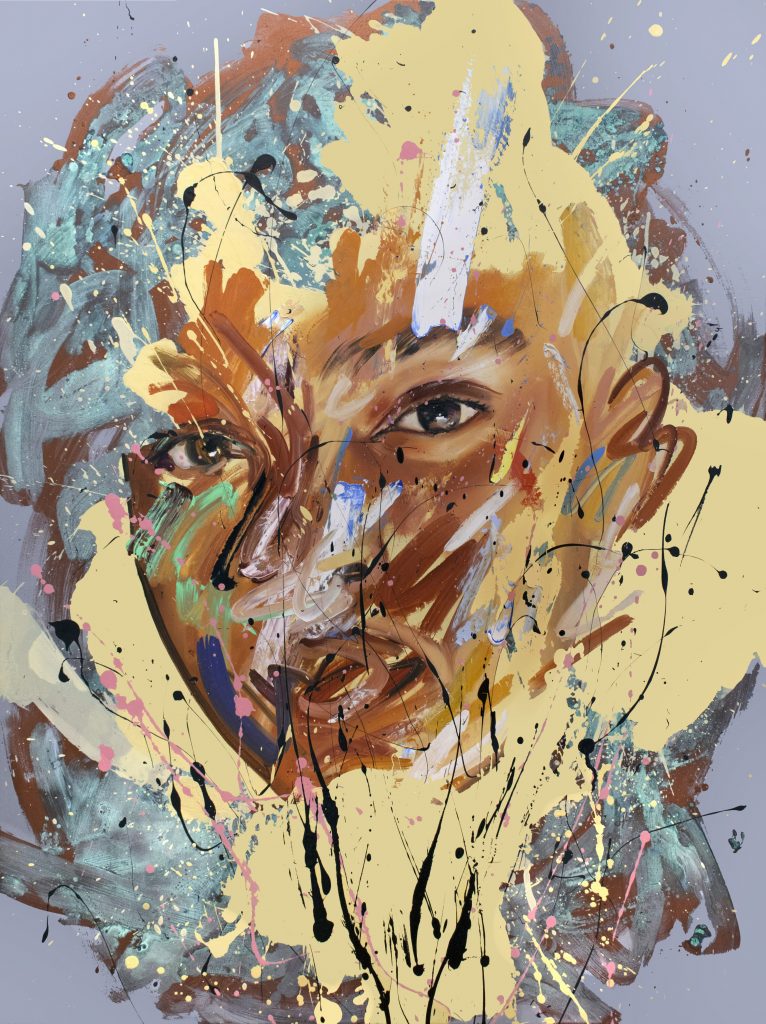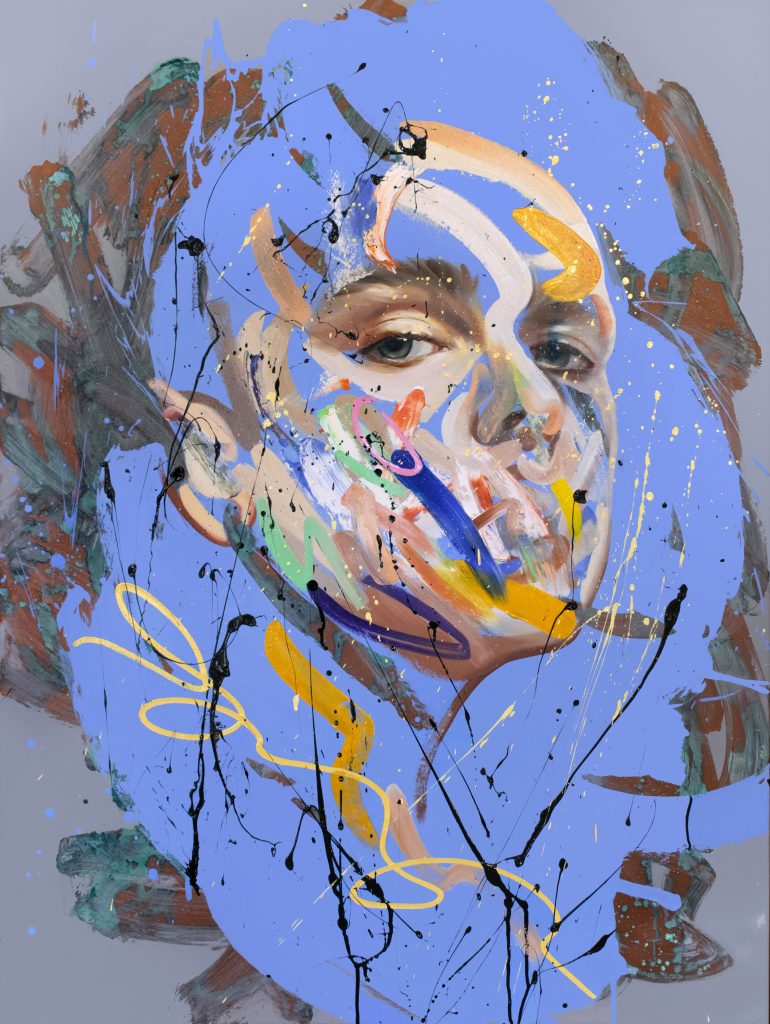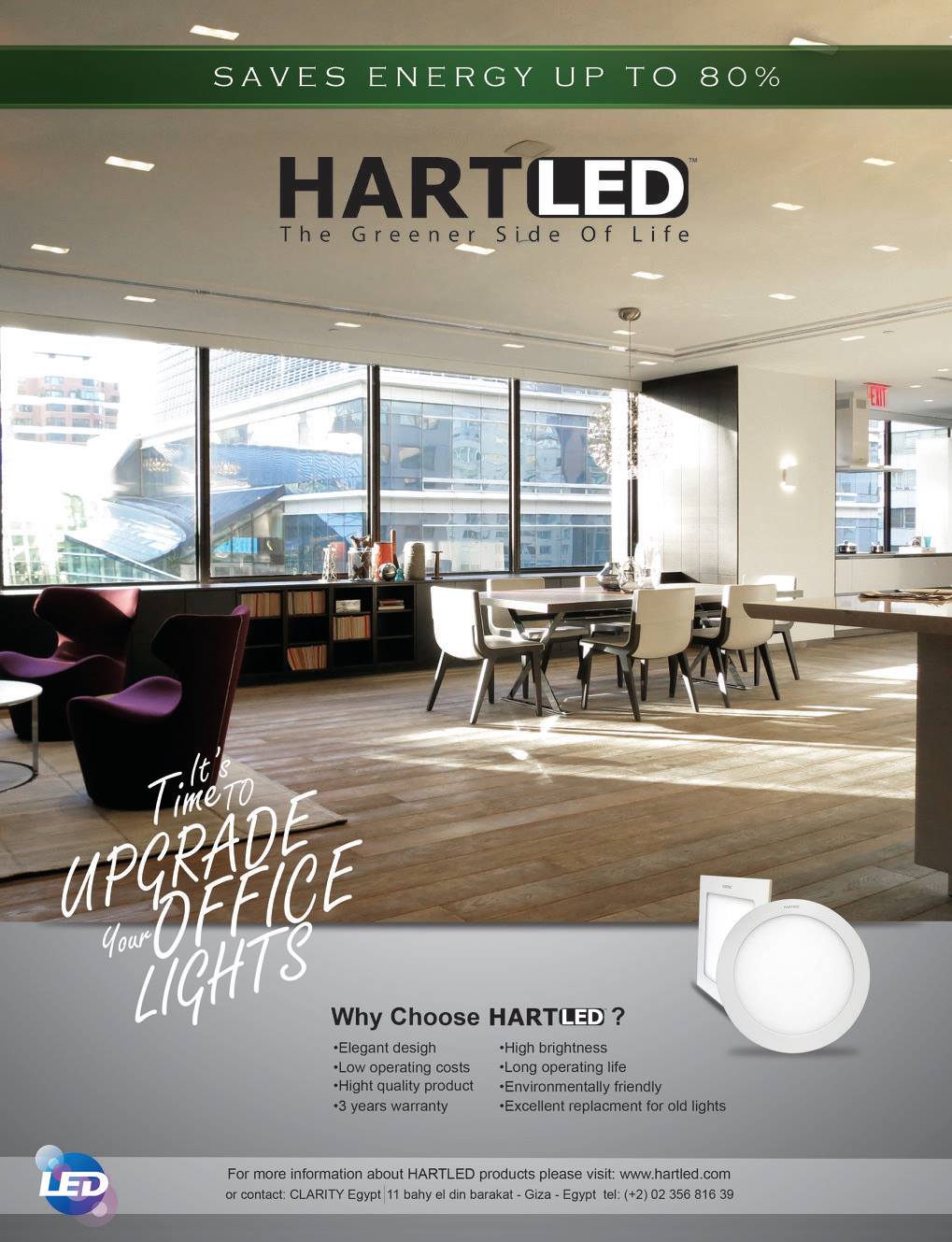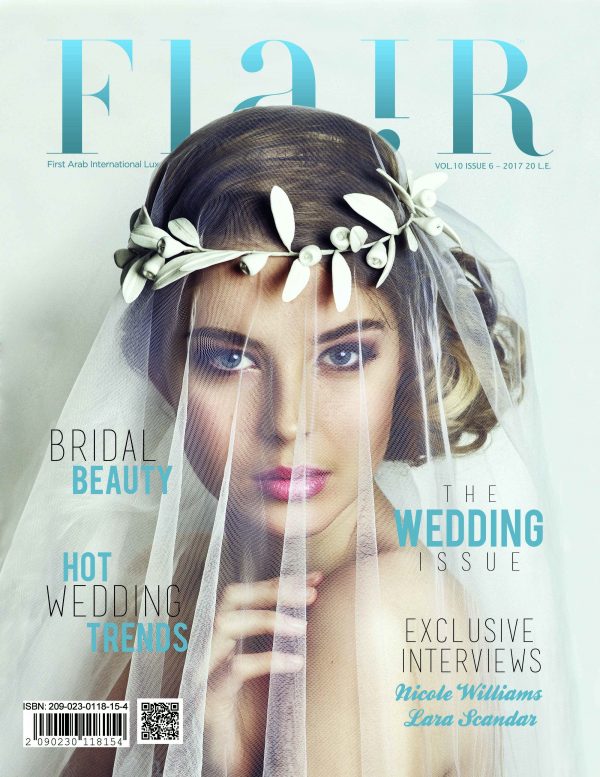Originally born in Manila, Philippines, Loribelle Spirovski is a noteworthy visual artist now based in Sydney, Australia. She is largely recognized for her striking portraiture and the eccentric energy she captures, which centers on themes of surrealism and photorealism. Upon graduating from the University of New South Wales, she took part in several exhibitions around the world; her most recent endeavor is a solo exhibition titled ‘Coronation’, hosted by the House of Fine Art Gallery in London, to feature her latest artwork created during the 2020 lockdown. We talked to her to learn more about her story as a contemporary artist.

How did you first come to discover your identity as a figurative painter?
As a child growing up mixed-race in the Philippines, I often felt like I had a pair of floating eyes, always wandering around and absorbing my surroundings with a rather adhesive memory. This later developed into strong images of my childhood that I continue to mine, delve into and represent in paintings today. If you take a look at most of my paintings, you will notice the fact that eyes are featured so strongly in my figurative work. Portraiture is therefore no coincidence. Although, interestingly enough, I only really began to include eyes in a more overt way when I married my husband. In some shape or form, his eyes actually formed the basis for many pieces within the ‘Homme’ collection.

Did you face any challenges as an artist during lockdown?
The biggest challenge for me was that I had to produce two solo shows during lockdown and felt, initially, uninspired by my immediate environment. At the same time, I was also stunned and unable to grasp many global events happening at the time. Embracing the solitude and examining my ‘separateness’ got me over the wall and eventually enabled me to channel the feelings of isolation, existentialism, loss, rage and irony.

Where do you tend to find new inspiration for new collections?
I’m a voracious collector of images and fragments. My phone and notebooks overflow with years-worth of ideas that either don’t fit into any categories, have yet to be explored, or have been extremely profitable sources of inspiration. I like to trust and rely on my intuition to select those harmonious elements that fit into a kind of visual language. And then, with luck, I somehow translate them onto canvas in a way that enables the viewer to feel something authentic.

What is the best advice you’ve heard in the art world?
I’ve heard and read plenty of aphorisms and quotes from artists over the years, but the one that really sticks is my husband’s simple refrain, especially when the inevitable time comes and I hit an artistic block – “trust your gut.”

If you had to pick a favorite from your ‘Homme’ collection, which would it be?
My favorite ‘Homme’ definitely changes as I continue to take the series further. If I had to choose right now, there is something in the earliest ones on paper, which were completed in stuffy rooms backstage, as we travelled around Australia and random recital halls in mainland China; my husband is a classical pianist so I accompanied him on many concert tours. These early explorations were all of my husband and lead to some pivotal pieces for me, like ‘Homme 9’, ‘Homme 56’ and ‘Homme 71’.



